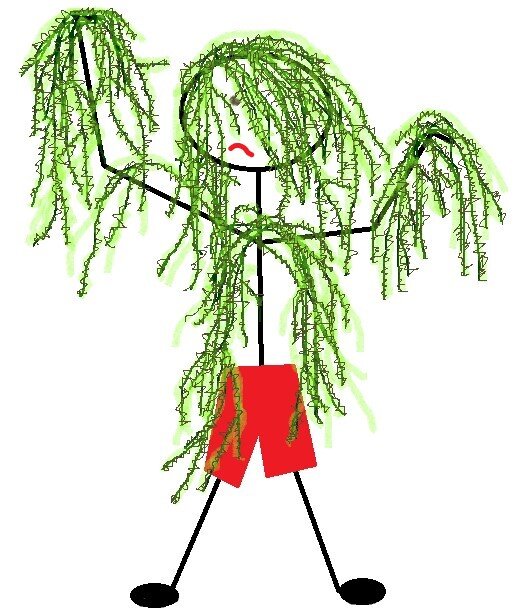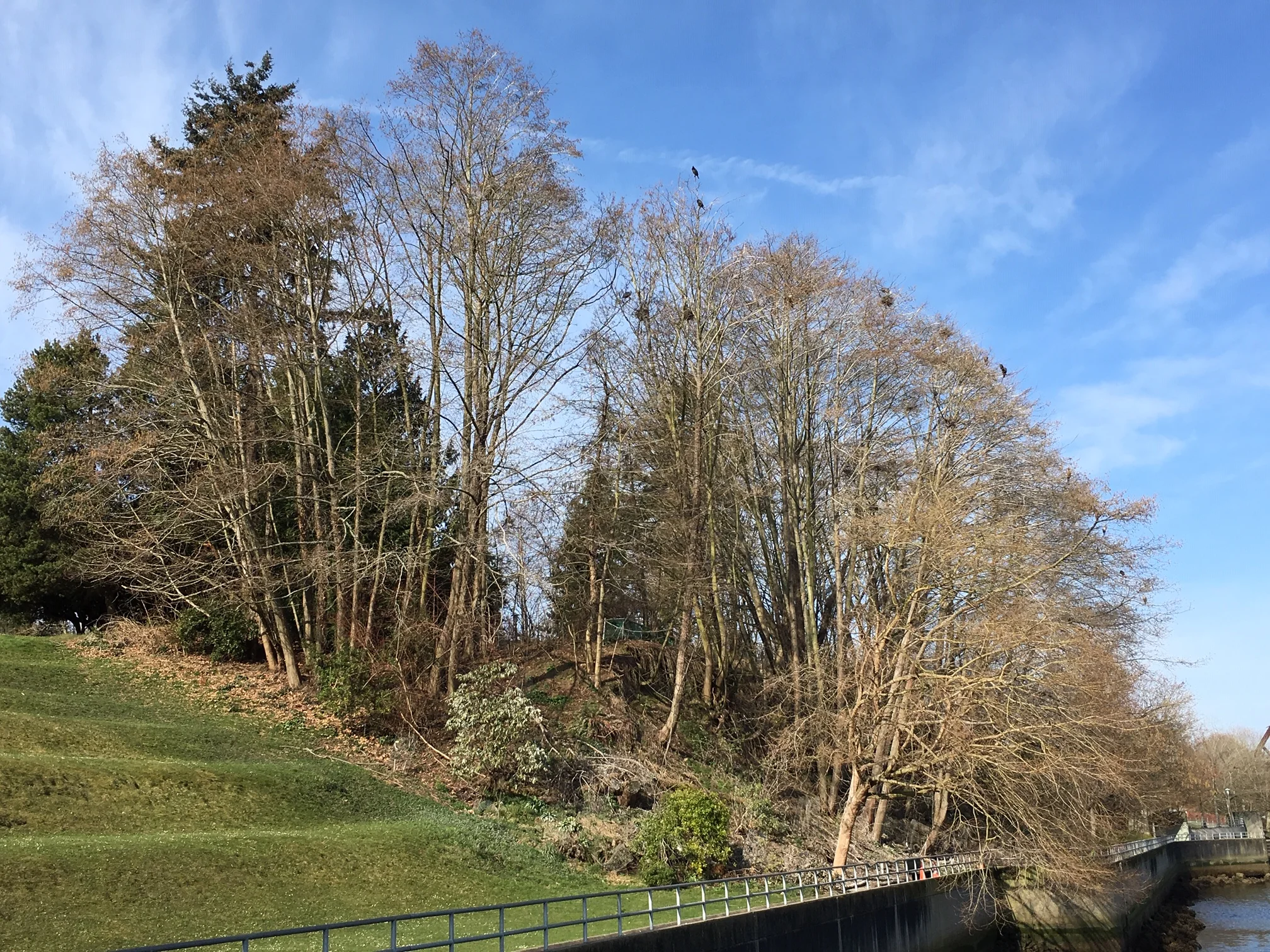By Sam Payne and April Mulcahy
Do you have forests or wetlands on your property? If so, you could be eligible for a significant tax reduction on your land. We can help you in this process, here’s how.
KING COUNTY PUBLIC BENEFIT RATING SYSTEM (PBRS)
You can enroll your property, or a portion of your property, in the King County PBRS program to get a tax reduction if your land meets certain criteria for use as “open space.”
If you have four or more acres of forest, you may qualify for a tax reduction with an approved Forest Stewardship Plan. These plans allow landowners to manage forests to meet their short- and long-term goals and objectives, optimize resource use, promote wildlife habitat, and ensure long term sustainability. If you are a self-starter, you can draft your own plan, although many elect to go with an experienced consultant.
Your forest could get you a tax break.
If you have a wetland or stream on your property, you could also voluntarily increase the surface water quality buffer by 50% to gain an additional tax reduction. This could be a good fit for you if your wetland or stream is far from developed areas. Only one wetland or stream buffer needs to be increased to qualify. In addition to these options, King County has 17 other types of open space resources that qualify for a tax reduction. The more you have on your property, the greater the tax reduction.
Enrollment in the PBRS program is reversible if you change your mind about being in the program or if the property sells. One thing to keep in mind is that pulling out of the PBRS program before a certain time frame may result in a partial loss of the tax credits you receive.
We recommend contacting the King County PBRS Program to talk about the options which work for your property. Prior to hiring a consultant, King County should be able to provide a staff report which confirms enrollment eligibility.
KING COUNTY TAX ASSESSMENT
If you have wetlands on your property that are not in King County’s inventory, you may be paying more taxes than necessary. Development restrictions related to onsite wetlands can lower the assessed value of your land, which lowers your property tax. If this is your situation, you can commission a wetland delineation and send the results to the King County Tax Assessor (assessor.info@kingcounty.gov), ensuring you pay the fair amount.
Wetlands on your property can provide numerous environmental benefits and lower your taxes.
Are you interested in commissioning a Forest Stewardship Plan or wetland delineation for your property? If so, give us a call or email and we would be happy to provide you a quote.

















